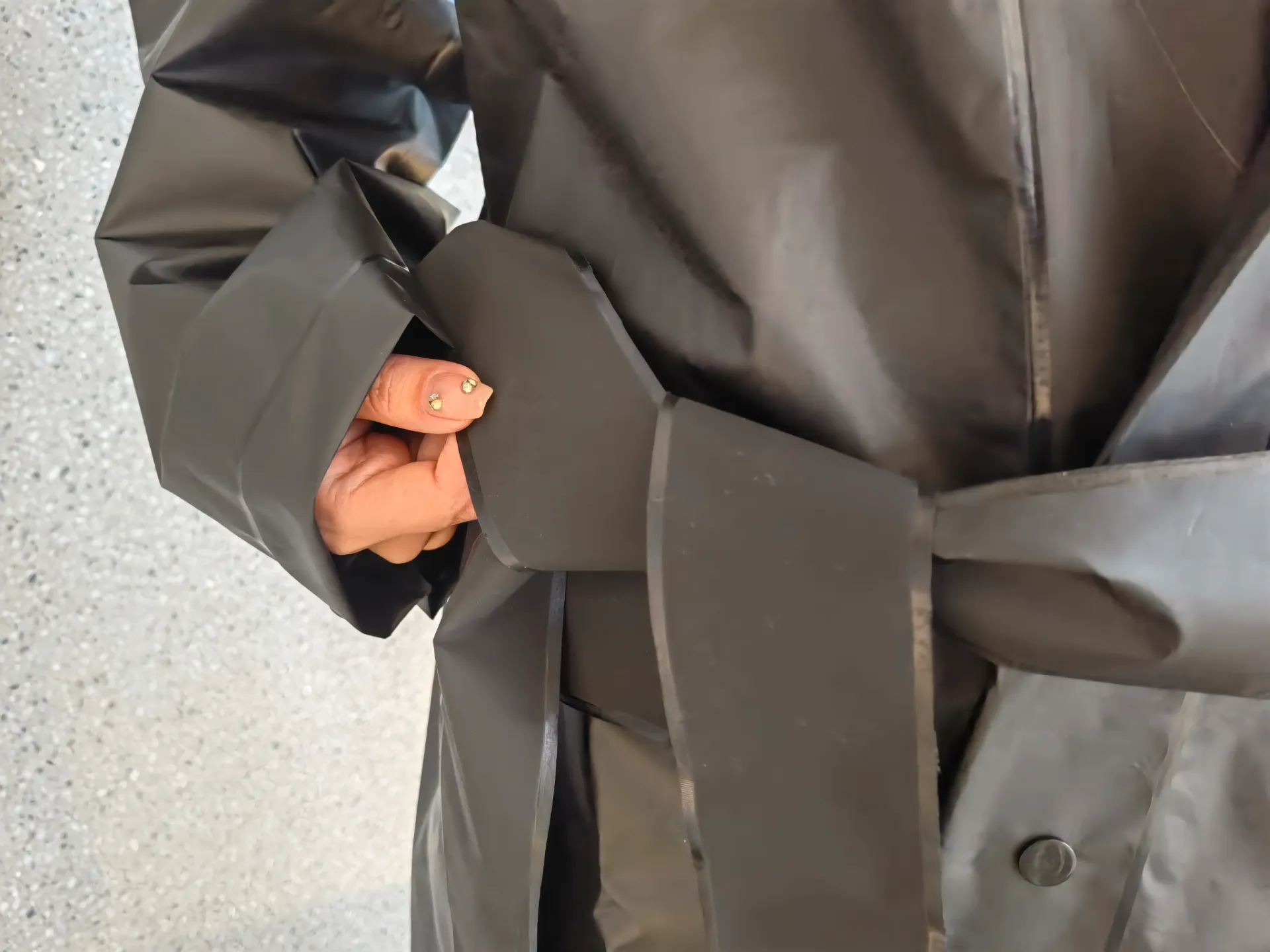 rainwears@163.com may@may-rain.com
rainwears@163.com may@may-rain.com Mon to Friday: 8.00 am - 7.00 pm
Mon to Friday: 8.00 am - 7.00 pm
disposable plastic rain ponchos
The Impact of Disposable Plastic Rain Ponchos on the Environment
Rainy days are a common occurrence, and for many, having a reliable rain poncho is essential. Disposable plastic rain ponchos have surged in popularity due to their convenience and affordability. However, their widespread use raises significant concerns regarding environmental sustainability.
The Convenience Factor
Disposable plastic rain ponchos are lightweight, packable, and inexpensive. They offer a quick solution for unexpected downpours, making them a popular choice for outdoor events, festivals, and even travel. People often opt for these ponchos because they can simply toss them after use, eliminating the need for washing and drying. This ease of use has made them a staple in many households and event planning.
Environmental Concerns
However, beneath the surface of convenience lies a pressing environmental issue. Most disposable ponchos are made from polypropylene, a type of plastic that is not biodegradable. It can take hundreds of years for plastic to decompose, contributing significantly to landscape pollution. After a rainstorm or outdoor event, countless ponchos are discarded, often ending up in landfills, rivers, and oceans. This not only creates litter but also poses a threat to wildlife, which can mistake plastic for food.
Furthermore, the production of these ponchos contributes to the larger problem of plastic overproduction. The extraction and refinement of fossil fuels necessary for plastic production consume vast amounts of energy and resources, leading to greenhouse gas emissions that exacerbate climate change.
Renewable Alternatives
disposable plastic rain ponchos

In light of these environmental concerns, it’s crucial to consider alternative solutions. Eco-friendly ponchos made from biodegradable materials, such as organic cotton or recycled fabrics, are emerging on the market. These alternatives offer the same protection against rain without the long-term environmental impact. Additionally, they can be reused multiple times, significantly reducing waste.
Another strategy is the adoption of reusable ponchos, which are designed for long-term use. Made from durable materials, these ponchos can withstand repeated wear and washing. Not only do they reduce the need for single-use plastics, but they also save money in the long run, as consumers won't have to repurchase ponchos for every rainstorm.
The Role of Consumers
The responsibility of mitigating the environmental impacts of disposable plastic rain ponchos lies not only with manufacturers but also with consumers. Awareness and education about the consequences of plastic waste can lead to more conscientious purchasing decisions. Consumers can choose to invest in quality, reusable ponchos or explore biodegradable options when they need new rain gear.
Moreover, participating in recycling programs and advocating for better waste management practices can contribute to a broader cultural shift away from disposable plastics toward more sustainable practices. Simple actions, such as carrying a reusable poncho during outdoor events or choosing eco-friendly alternatives, can make a significant impact when adopted collectively.
Conclusion
While disposable plastic rain ponchos remain a convenient solution for staying dry in inclement weather, their environmental impact cannot be overlooked. It is vital for consumers, manufacturers, and policymakers to collaborate in promoting sustainable alternatives that minimize plastic waste. By making informed choices and embracing eco-friendly products, we can enjoy our rainy days without compromising the health of our planet. Transitioning towards sustainable practices not only helps protect our environment but also encourages a culture of responsibility that future generations can build upon. Choose wisely, stay dry, and safeguard our planet.
-
Silver Printed Women’s Jacket – Stylish, Lightweight & Trendy Outerwear
NewsJul.30,2025
-
Fashionable Design Long Raincoat Rain Poncho Waterproof Polyester
NewsJul.30,2025
-
High Lighting Reflective Rain Jacket Windbreaker Safety Jacket for Adult
NewsJul.29,2025
-
Disposable PE Rain Poncho - Lightweight, Waterproof, Easy to Carry
NewsJul.29,2025
-
Stylish Lady Coat Women Jacket – Trendy & Elegant Outerwear
NewsJul.29,2025
-
Full Printing 100% Waterproof Wearable Striped Polyester Fashion Windproof Raincoat
NewsJul.29,2025































